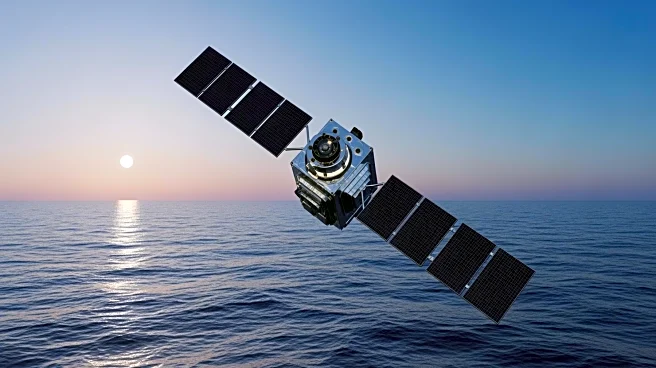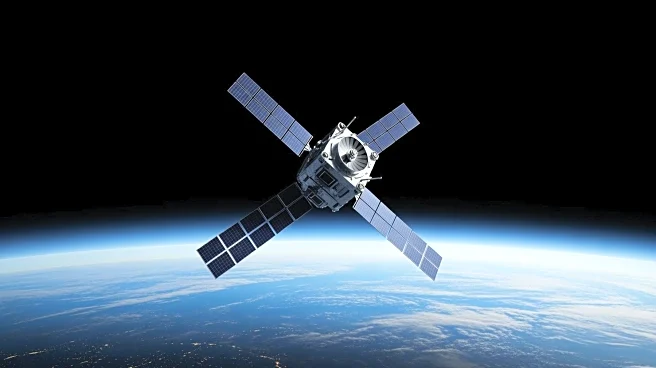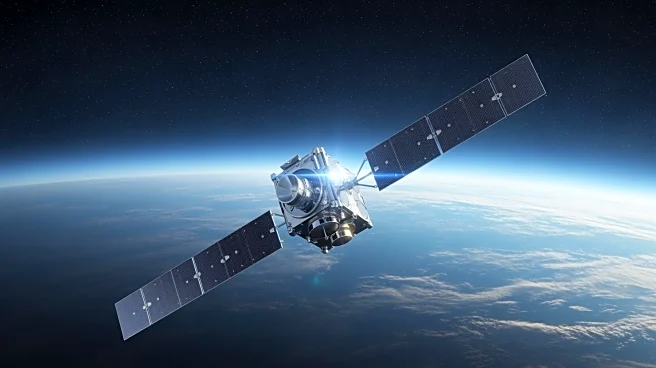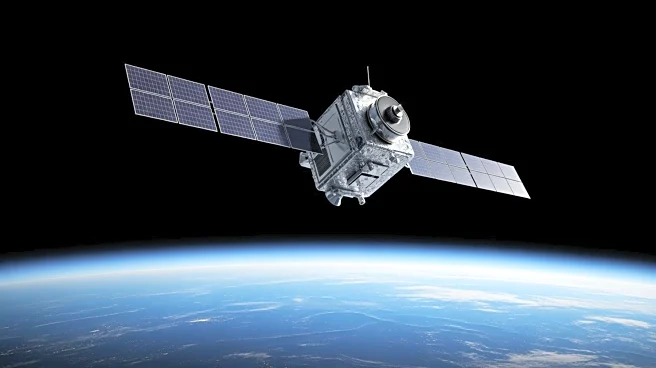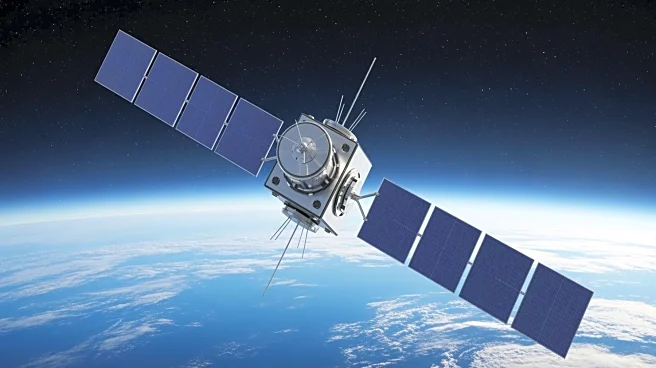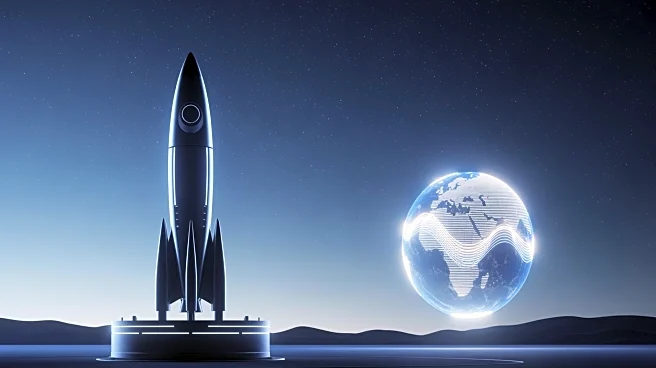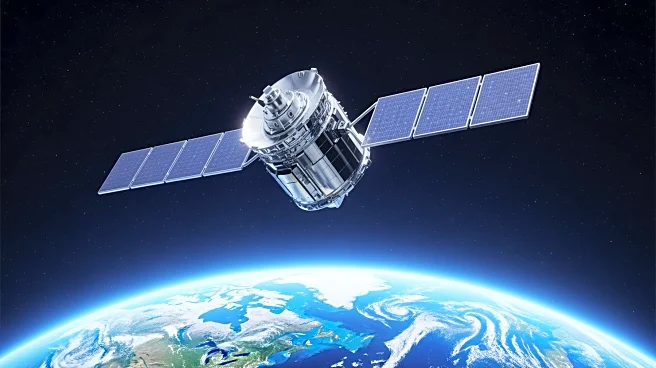What's Happening?
The Sentinel-6B satellite has been launched to monitor Earth's sea levels and contribute to climate change research. This satellite, part of a collaboration between NASA, the European Space Agency, and other
international partners, will provide precise data on global sea level rise, atmospheric temperature, and humidity. Sentinel-6B is equipped with advanced instruments, including the Advanced Microwave Radiometer for Climate and the Global Navigation Satellite System – Radio Occultation. The satellite will operate in a non-Sun-synchronous orbit, allowing it to repeatedly pass over the same areas of Earth, enhancing data accuracy.
Why It's Important?
Sentinel-6B plays a crucial role in understanding climate change and its impact on global sea levels. By providing accurate and continuous data, the satellite helps improve climate models and weather forecasts, aiding policymakers and scientists in making informed decisions. The collaboration between international agencies underscores the global effort to address climate change, highlighting the importance of shared resources and expertise. The data collected by Sentinel-6B will be vital for assessing the effects of climate change on coastal communities and ecosystems, informing adaptation strategies.
What's Next?
Following its launch, Sentinel-6B will undergo a cross-calibration period before taking over from its predecessor, Sentinel-6 Michael Freilich. The satellite is expected to operate for 5.5 years, continuously collecting data on sea levels and atmospheric conditions. The information gathered will be used to refine climate models and improve predictions of future climate scenarios. As the satellite begins its mission, researchers and policymakers will closely monitor its data to assess ongoing changes in sea levels and their implications for global climate policy.
Beyond the Headlines
The launch of Sentinel-6B highlights the importance of international collaboration in addressing global challenges like climate change. By pooling resources and expertise, agencies can achieve more comprehensive and accurate scientific outcomes. The satellite's mission also emphasizes the role of technology in environmental monitoring, showcasing advancements in satellite instrumentation and data processing. As climate change continues to pose significant risks, the data from Sentinel-6B will be crucial for developing effective mitigation and adaptation strategies, ensuring a sustainable future.




